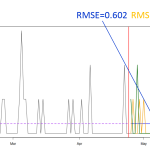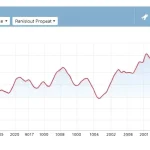Image above depicts a fashion model making a presentation about a forecasting method. I like the forecast for the final period in that image… Over the last few years, I’ve seen phrases like “LightGBM model” or “Neural Network model” on LinkedIn many times, and the statistician in me shivers every time. So, I figured it’s […]
Model vs Method – why should we care?













